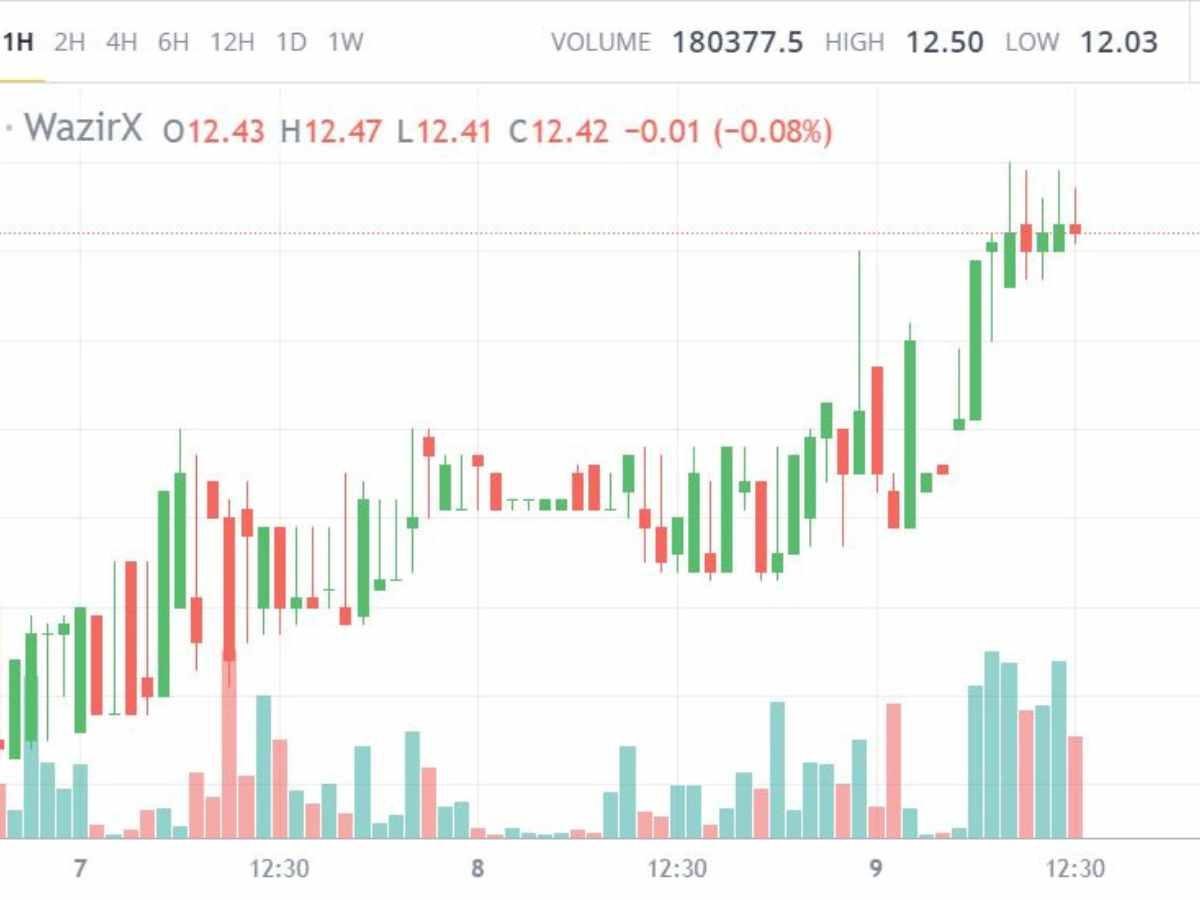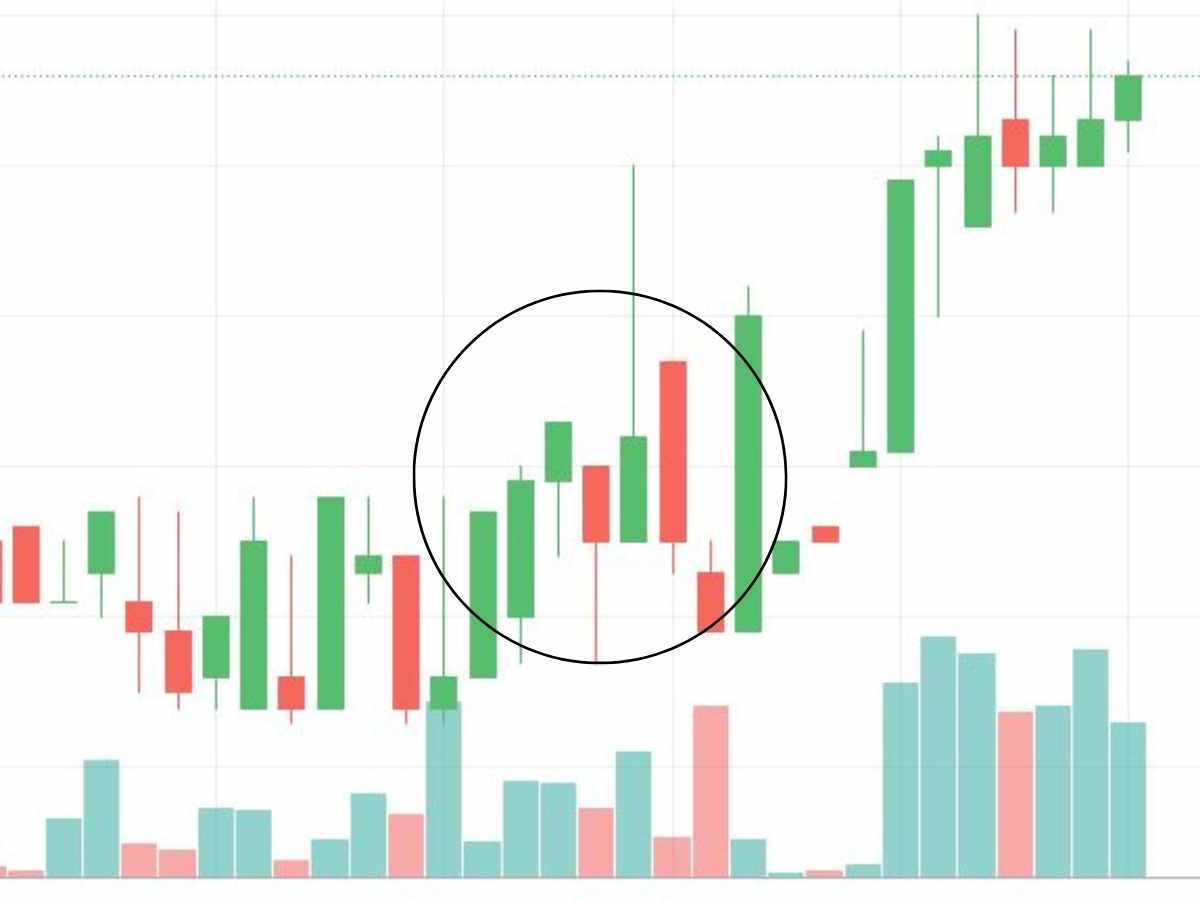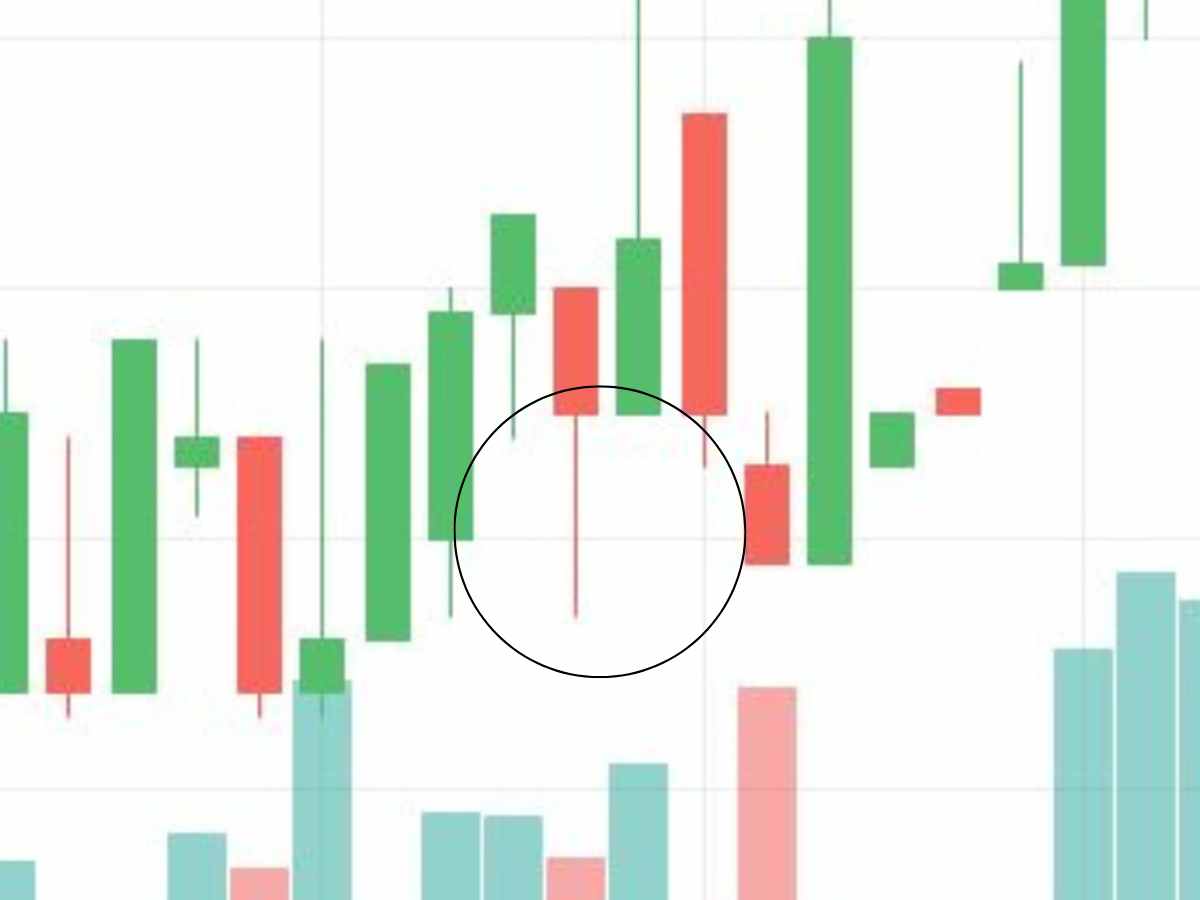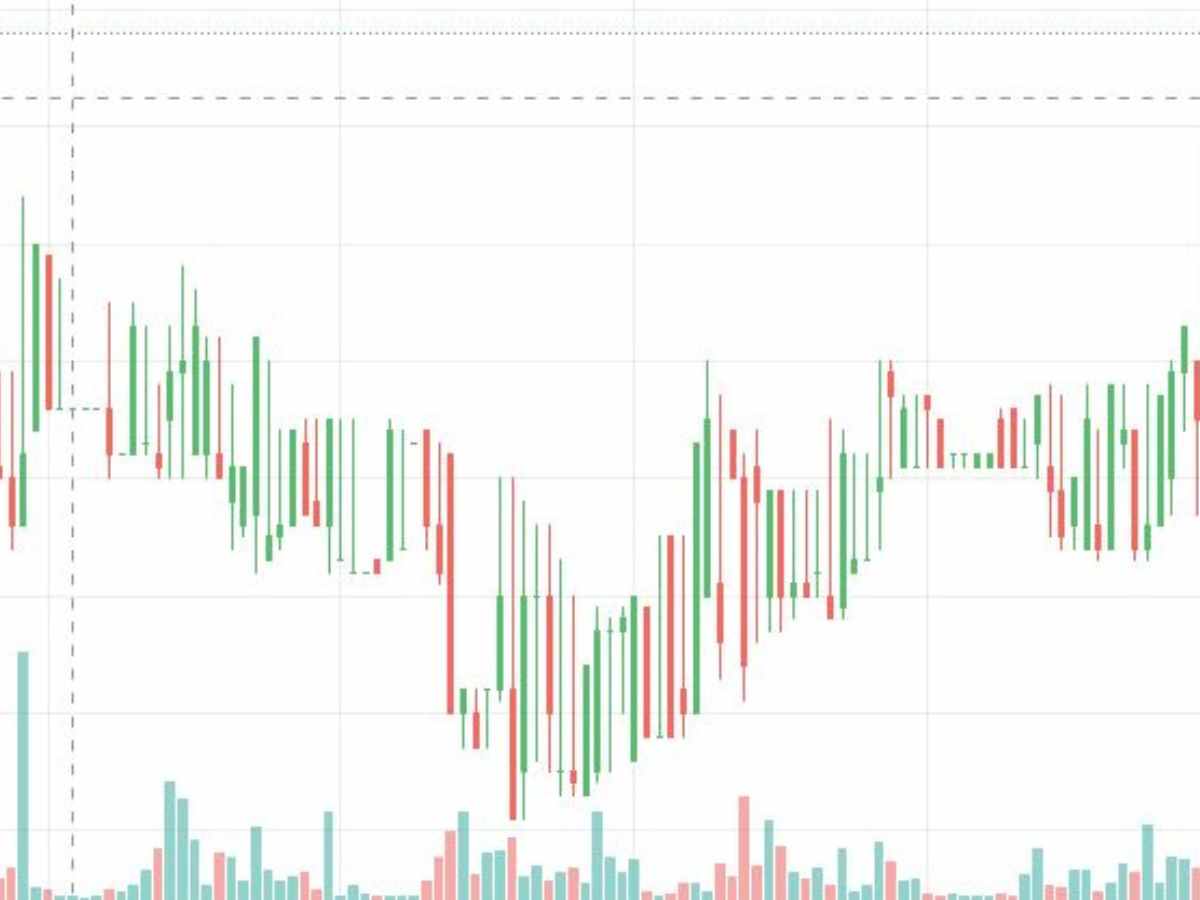With the rapid spread of cryptocurrencies around the world, more and more people and investors are turning their attention to doing business in the crypto industry. Charts play a very important role in every investor's life as the cryptocurrency market is considered to be very volatile and prices keep changing at a high rate. However, cryptographic charts are different from other economic or business charts. But before we understand how to read cryptocurrency prices, we need to know what a cryptocurrency chart is.
What is cryptography?
Cryptocurrency charts are a graphical representation of price fluctuations, volumes, timeframes, losses and gains among other indicators such as trading pair, time frame and trading platform. Charts are great for predicting the future direction of the cryptocurrency market and understanding current industry trends. This helps investors to make smart and timely decisions to invest in cryptocurrencies. Here we will help you understand how to read a cryptocurrency chart. Let's start with the Japanese candlestick chart.

Image credit: WazirX
Japanese candlesticks are one of the most popular cryptographic charts used by traders and investors. There are two candles on the cryptographic table, one red and one green.
ALSO READ: NFT Platform SuperRare Cuts 30 Percent of Its Staff; here's why
A red candle indicates that the closing price was lower than the opening price for a certain time period. Simply put, this means price cuts. A green candle indicates a closing price higher than the opening price, indicating an increase in the price of a particular asset. The two candles form different types of patterns on the chart.

Image credit: WazirX
What are the different models to consider?
There are two categories or patterns in a crypto chart.
"Hammer" candlestick pattern
Bullish reversal patterns are also called candlestick hammer patterns. This indicates that the stock is approaching the bottom of a downtrend. A short candlestick body indicates a hammerhead, while a larger dragon indicates that sellers are pushing prices lower during the trade. The bottom dragon is called the hammer handle and the rest of the candle's body is called the hammer head.

Image credit: WazirX
Bearish reversal patterns
Every bullish reversal pattern is followed by a bearish reversal pattern. They are only visible at the top of the climb before the turn. Simply put, these patterns appear at the top of an uptrend before the market goes down. They are also known as the shooting star candlestick pattern, which has a long top bar and a relatively small candlestick body.
What are head and shoulders patterns?
Head and shoulders is one of the most common technical analysis. These are some patterns that appear above or below the trend. These are called inverse head and shoulders patterns if they occur at the end of a trend. Such patterns represent a tug-of-war between sellers and buyers, with the two sides moving in opposite directions. This causes reactions and regression phenomena.
READ ALSO: Budget 2023. What's next for the crypto industry? Everything you need to know
What are wedges?
The wedges show a tendency to wear, eventually leading to a blowout. This division is in the opposite direction of another trend that is gaining strength. Markets that move sideways are teased back and forth until they move in a certain direction.

Image credit: WazirX
What is support and resistance?
Support levels on a cryptographic chart mean that the price of a particular asset will not decline for a certain period of time. On the other hand, the resistance level increases the price level of the asset, above which it is not expected.
Note: Crypto products and NFTs are not regulated and can be very dangerous. There may be no remedy for losses from such transactions. Cryptocurrency is not a legal tender and is subject to market risks. Before making any investment, readers are advised to seek professional advice and read the offering document(s) carefully along with relevant literature on the subject. Cryptocurrency market predictions are speculative and any investment should be made solely at the readers' own expense and risk.


